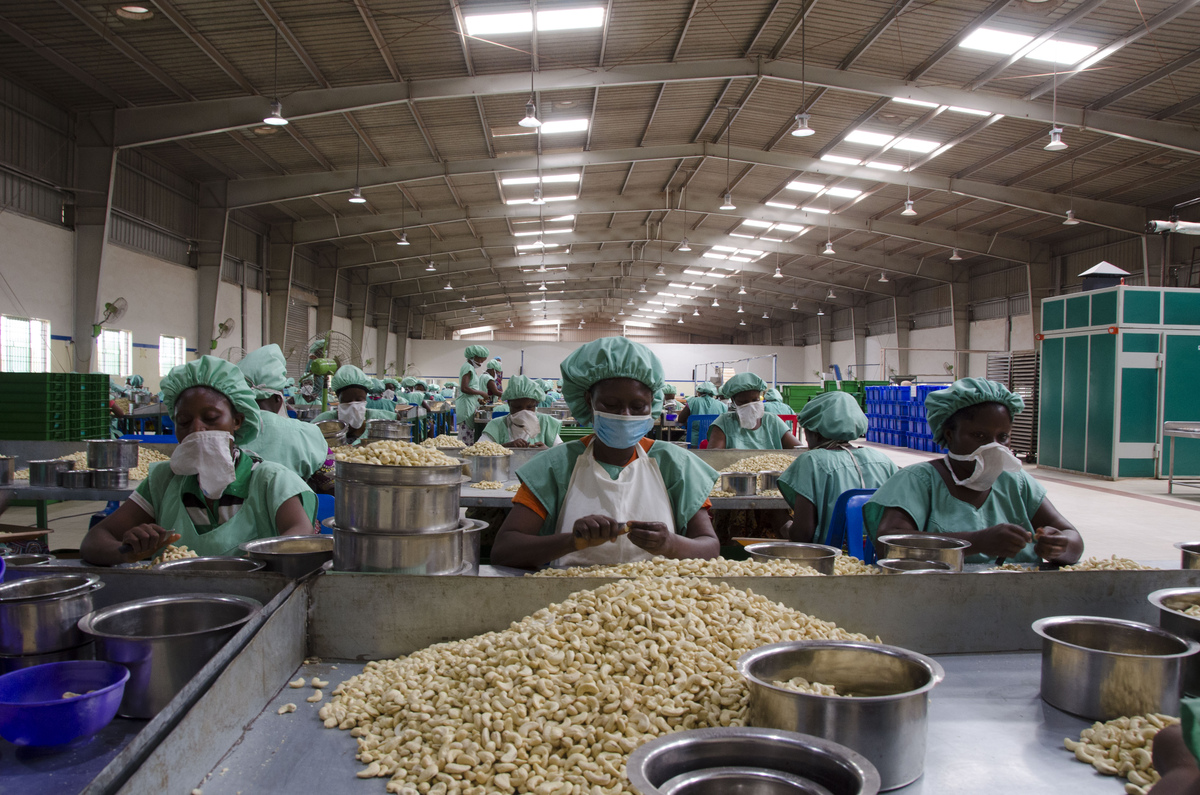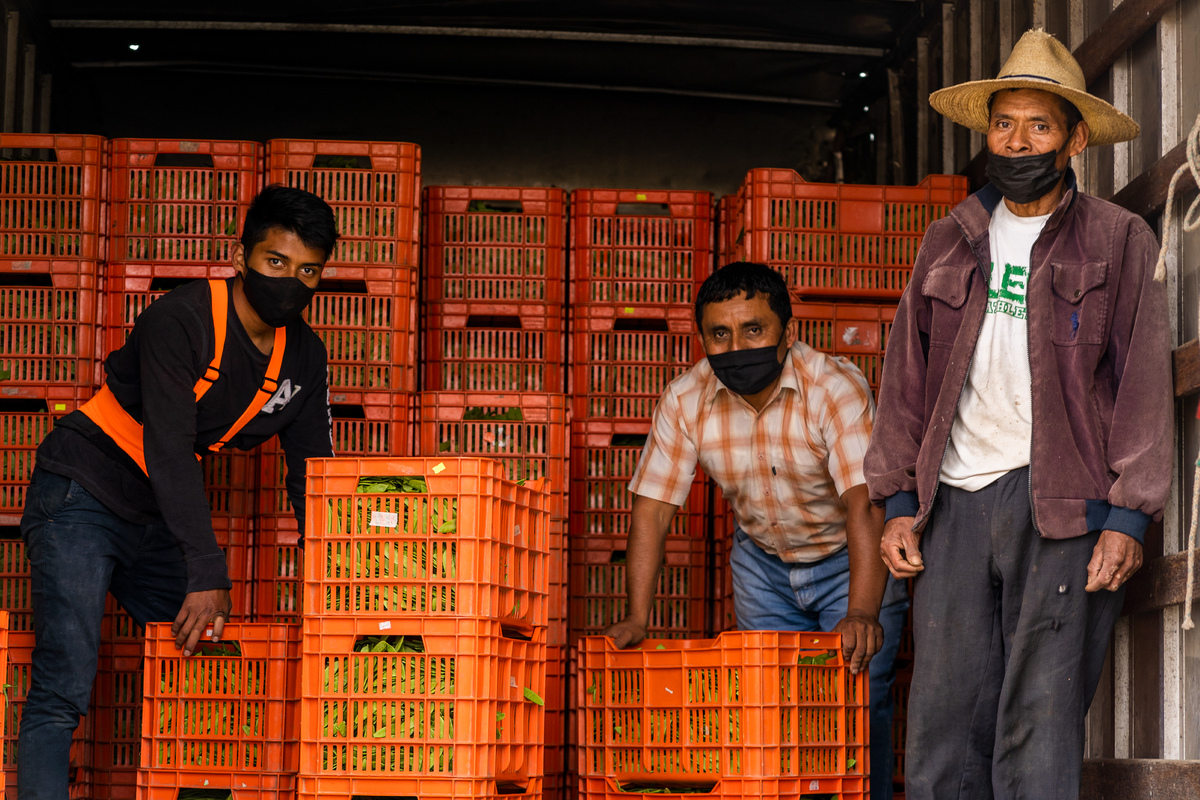Kindra Halvorson, Chief Transformation Officer, TechnoServe, reflects on the previous year to identify key learnings to help food systems recover from the COVID-19 pandemic.
A year and a half since COVID-19 was first declared a pandemic, nearly every aspect of our world has been impacted and disrupted. Food systems are no exception. According to the FAO’s State of Food Security and Nutrition in the World 2021, the pandemic pushed an additional 118 million people into hunger during 2020, representing the first time in more than a decade that the number of people facing hunger increased significantly.
Last year, some of the key pillars for responding to the crisis had already emerged, but now that we have additional experience, what have we learned about helping food systems recover?
Here are three areas that require global attention.
Supporting Agribusinesses to Help Value Chains Recover
The disruption that the COVID-19 pandemic caused to food systems was unique because it primarily impacted the middle of the value chain, rather than production. Farmers, cooperatives, and aggregators faced challenges delivering crops to food processors and packhouses; those businesses struggled to keep production lines open and respond to significant changes in demand; and retailers had to contend with lockdowns and cash-strapped customers.
Many of the public-health regulations that contributed to these disruptions have now eased around the world, but new challenges have emerged. A shortage of shipping capacity has made it more difficult to source imported ingredients or packaging material. Rising fuel prices have increased the cost of shipping goods domestically. And businesses must continue to integrate social distancing into their operations.
As a result, those intermediary businesses continue to need technical assistance and better access to finance. In Kenya, for example, TechnoServe has worked with thousands of micro-retailers, providing remote training to equip them with skills to navigate the changing business conditions, and helping them to access working capital to stock their shops with essential products.

Women processing produce in Benin. Photo credit: TechnoServe
Making Food Systems More Inclusive for Women
The FAO report also makes clear that women have borne the worst of this food crisis. The rates of moderate-to-severe food insecurity are 10 per cent higher for women than for men, while that gap was just six per cent prior to the pandemic. There are several reasons for this, such as household dynamics which means women are more likely to go hungry than their male family members.
But it is also clear that some of the interventions designed to help farmers and entrepreneurs in the food system risk leaving women behind in the context of a global pandemic. Women have faced an increased burden of unpaid domestic labour as a result of the pandemic, making it difficult to attend training or focus on their business. As a result, we must strive to provide as much flexibility as possible.
The increase in remote and digital training channels provide more flexibility, but the gender gap in access to communications technology also means that women may not be reached as effectively by remote training. This requires programs to respond creatively. In northern Nigeria, for example, TechnoServe worked with women tomato farmers who did not have access to mobile phones. Our program recruited local community members with phones to serve as intermediaries, conveying training information to the farmers and passing their questions to program staff. Elsewhere, we have seen radio be used effectively to reach farmers who did not have the literacy levels necessary to access SMS- or internet-based training.

The disruption that the COVID-19 pandemic caused to food systems was unique because it primarily impacted the middle of the value chain, rather than production. Photo credit: TechnoServe
Building Resilience for Future Crises
Finally, even as the world is just beginning to turn the corner on the COVID-19 pandemic, we must prepare for future disruptions. Indeed, over the past 18 months, many farmers have had to contend with the overlapping impacts of the pandemic and climate change. For example, farmers in Central America faced severe lockdowns followed by crop losses due to Hurricanes Eta and Iota.
The good news is that the pandemic has provided us with a number of lessons about building resilience and underscores the urgency of the issue. As markets slowly return to normal, it is vitally important that we help the most vulnerable actors in the food system increase their incomes with access to markets, skills, and knowledge that will outlast any development intervention. Taken together, these will help people build savings, and improve their access to finance so that they are better equipped to handle the next crisis without sacrificing their nutritional intake.
The pandemic has disrupted livelihoods and food security across the world. But it also provides a wake-up call to address long-standing issues in our food systems. By supporting vital agribusinesses, making food systems more inclusive and equal, and boosting the resilience of the most vulnerable actors, we can help ensure that food systems can weather the rest of the pandemic and face new challenges to come.



